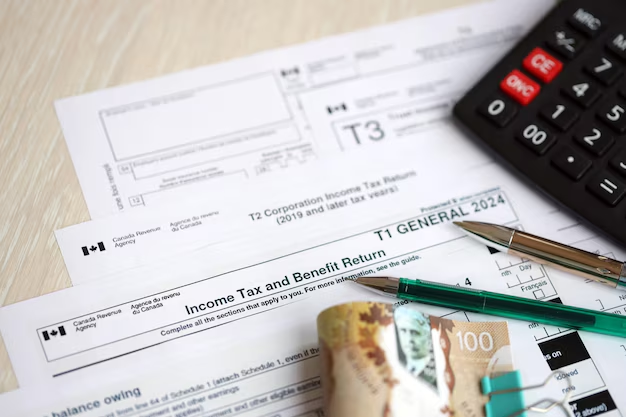Curious About VA Loan Rates? Here's What You Need to Know
When it comes to purchasing a home, veterans have a powerful resource at their disposal: the VA loan. This benefit helps veterans and their families achieve the dream of homeownership by offering attractive terms, including competitive interest rates. But what is the current VA loan rate, and how can you make the most of it in today’s market?
Understanding VA Loan Rates
VA loan rates are determined by several factors, including the broader economic climate, the lender's policies, and the veteran's credit profile. Generally, VA loans offer lower interest rates compared to conventional mortgages because they are backed by the U.S. Department of Veterans Affairs, reducing the lender's risk. As of now, VA loan rates generally range between 5.5% to 6.5% for a 30-year fixed loan, depending on the lender and the borrower’s individual circumstances.
In comparison to traditional loan products, VA loans require no down payment and don’t include the need for private mortgage insurance. This can greatly reduce the upfront and monthly costs, making it an attractive option for many eligible borrowers.
Factors Influencing VA Loan Rates
While the base interest rate is an important factor, your personal financial situation will also impact the rate you receive. Here are some elements that can influence your VA loan rate:
- Credit Score: A higher credit score can help you secure a more favorable rate. It's a good idea to check your credit report and address any issues before applying.
- Loan Amount: The size of the loan can affect your interest rate. Often, larger loans may come with higher rates due to increased risk.
- Economic Conditions: Interest rates fluctuate based on broader economic trends. Keep an eye on financial news to understand how these may affect your potential rate.
- Lender Policies: Different lenders offer different rates and terms. Shopping around can help you find the best deal.
Making the Most of Your VA Loan
Beyond understanding current rates, optimizing your financial situation can further enhance your loan terms. Here are some tips to consider:
- Improve Your Financial Profile: Before applying, focus on improving your credit score and reducing outstanding debts.
- Understand Loan Limits and Fees: Be aware of any VA loan limits in your area, as well as the VA funding fee, which can be rolled into your loan amount.
- Consider Refinancing Options: If you're already a homeowner with a VA loan, you might benefit from a VA Interest Rate Reduction Refinance Loan (IRRRL) if rates drop.
Explore Additional Resources and Options
For veterans and their families, various financial assistance programs and opportunities can complement the benefits of a VA loan:
- 🇺🇸 VA Home Loan Guaranty Program: Offers mortgage options and assistance to eligible veterans.
- 💵 Debt Relief Options: Tools such as debt consolidation help manage and reduce overall debt.
- 📚 GI Bill Education Benefits: Financial support for educational pursuits that can enhance your financial future.
- 💳 Credit Card Solutions for Veterans: Special programs with better terms tailored for veterans.
- 🏠 Government Aid Programs: Explore HUD-backed solutions for first-time homebuyers.
The VA loan is a valuable benefit that can make homeownership more accessible. By staying informed about current rates and leveraging available resources, veterans can maximize the advantages of a VA loan and secure a brighter financial future.
